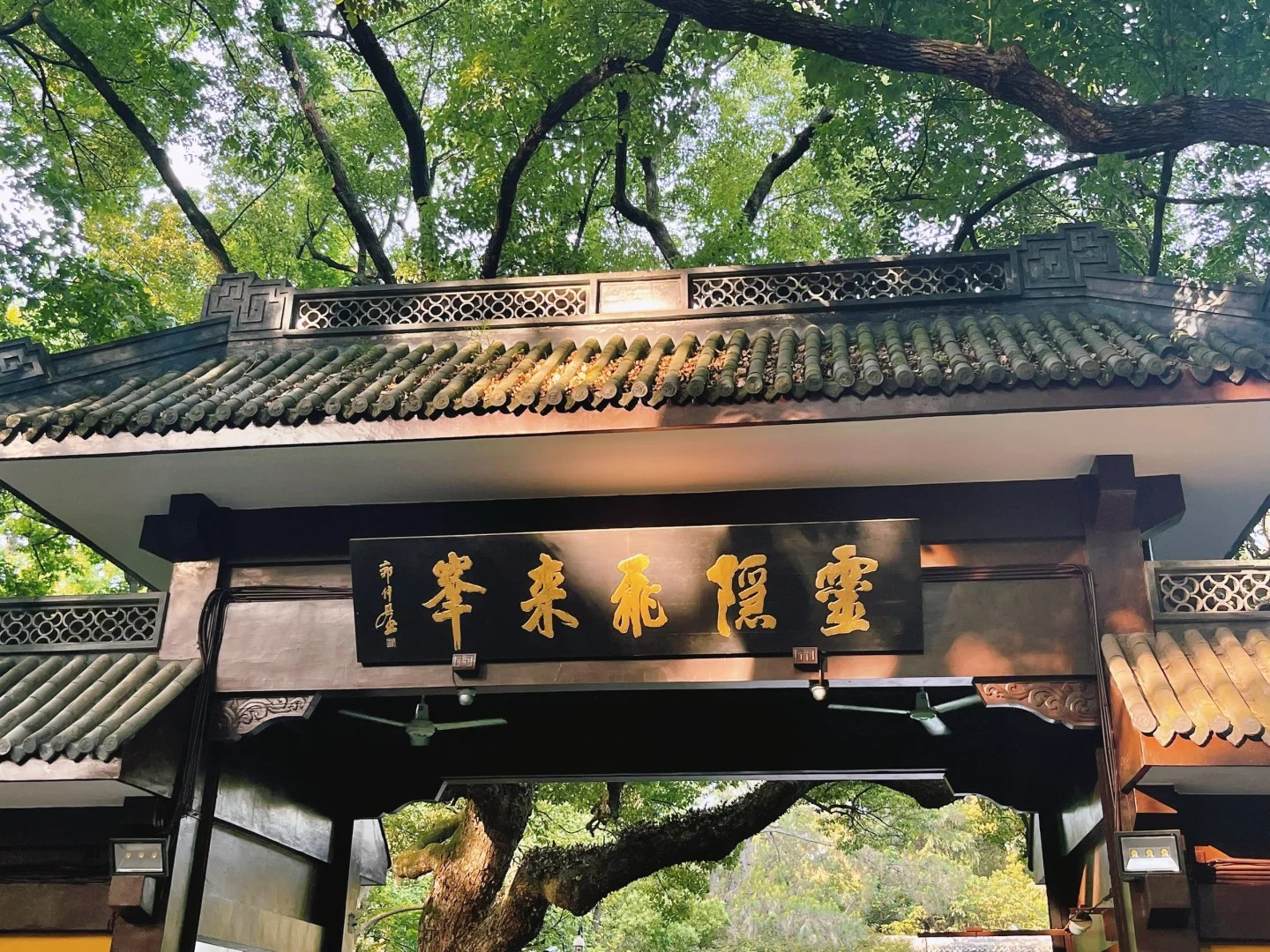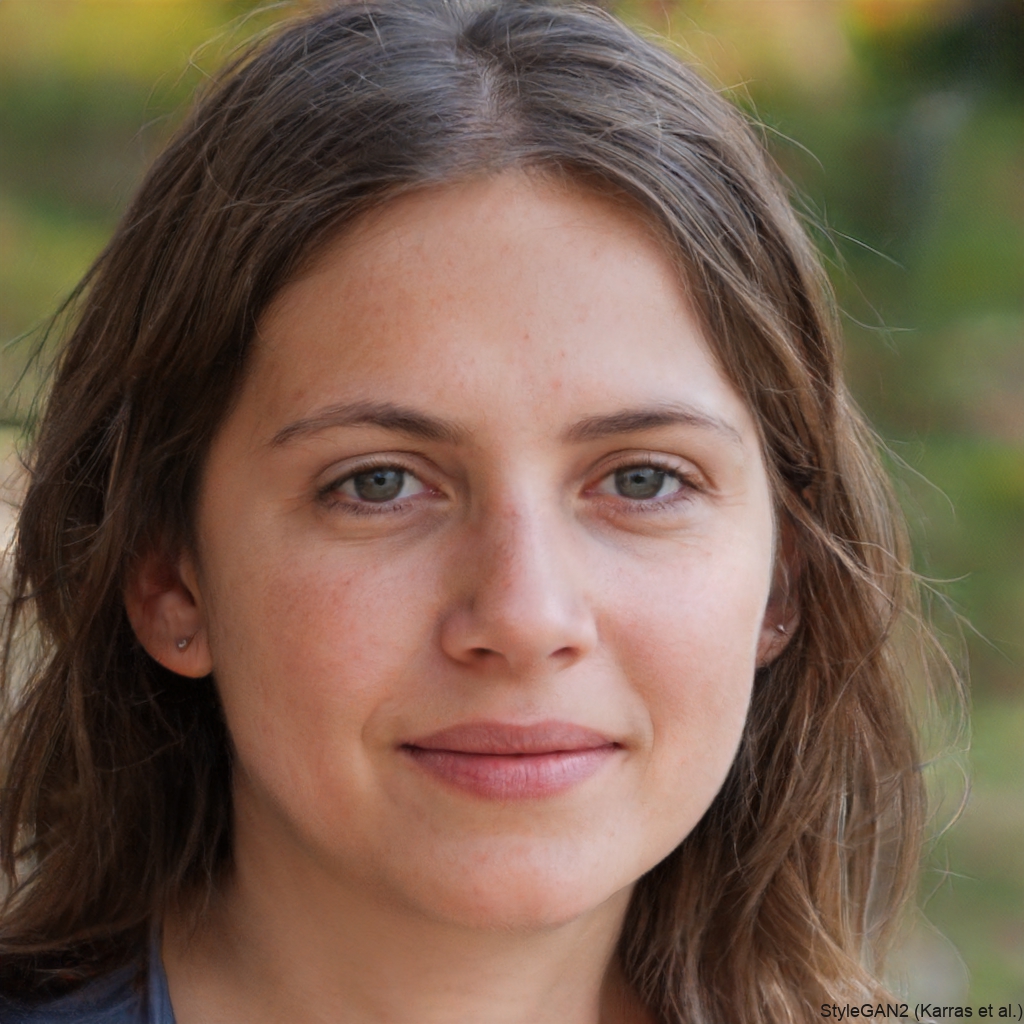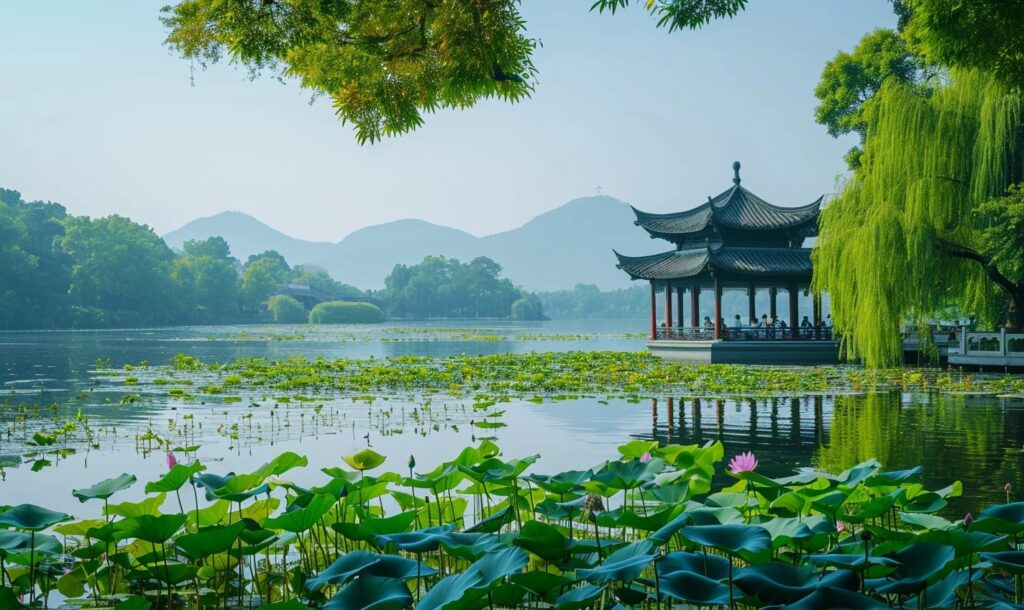Visiting Information
| Information | Details |
|---|---|
| Chinese Name | 灵隐寺 (Língyǐn Sì) |
| Location and Address | 1 Fayun Lane, Lingyin Road, Xihu District, Hangzhou, Zhejiang Province, China |
| Opening Time/Hours | 7:00 AM – 6:00 PM (Last entry at 5:30 PM) |
| Entrance Fee | CNY 30 (Temple) CNY 45 (Feilai Peak Scenic Area) |
| How to Get There | By Metro: Not directly accessible by metro By Bus: Take bus No. Y1, Y2, 7, 807 to Lingyin Station By Taxi: Tell the driver “Língyǐn Sì” or “Lingyin Temple” |
| Best Time for Visit | March to May or September to November; early morning to avoid crowds |
| Contact Info | +86 571 8796 8665 Email: [email protected] |
Overview
Lingyin Temple, also known as the Temple of Soul’s Retreat, is one of the oldest and most significant Buddhist temples in China. Located in a long, narrow valley between Feilai Peak and North Peak in the Wulin Mountains, the temple is nestled in a picturesque setting that has made it a popular destination for both pilgrims and tourists. With its rich history, stunning architecture, and cultural importance, Lingyin Temple stands as a testament to the enduring influence of Buddhism in Chinese culture.
Historical Background
Founded in 328 AD during the Eastern Jin Dynasty by Indian monk Huili, Lingyin Temple has a history spanning nearly 1,700 years. Throughout its long existence, the temple has undergone numerous renovations and reconstructions due to wars, fires, and changing political climates. It reached its peak during the Five Dynasties (907-960 AD) and Northern Song Dynasty (960-1127 AD), when it housed over 3,000 monks. Despite facing destruction during the Cultural Revolution, Lingyin Temple has been restored and continues to be an active center of Buddhist worship and cultural preservation.
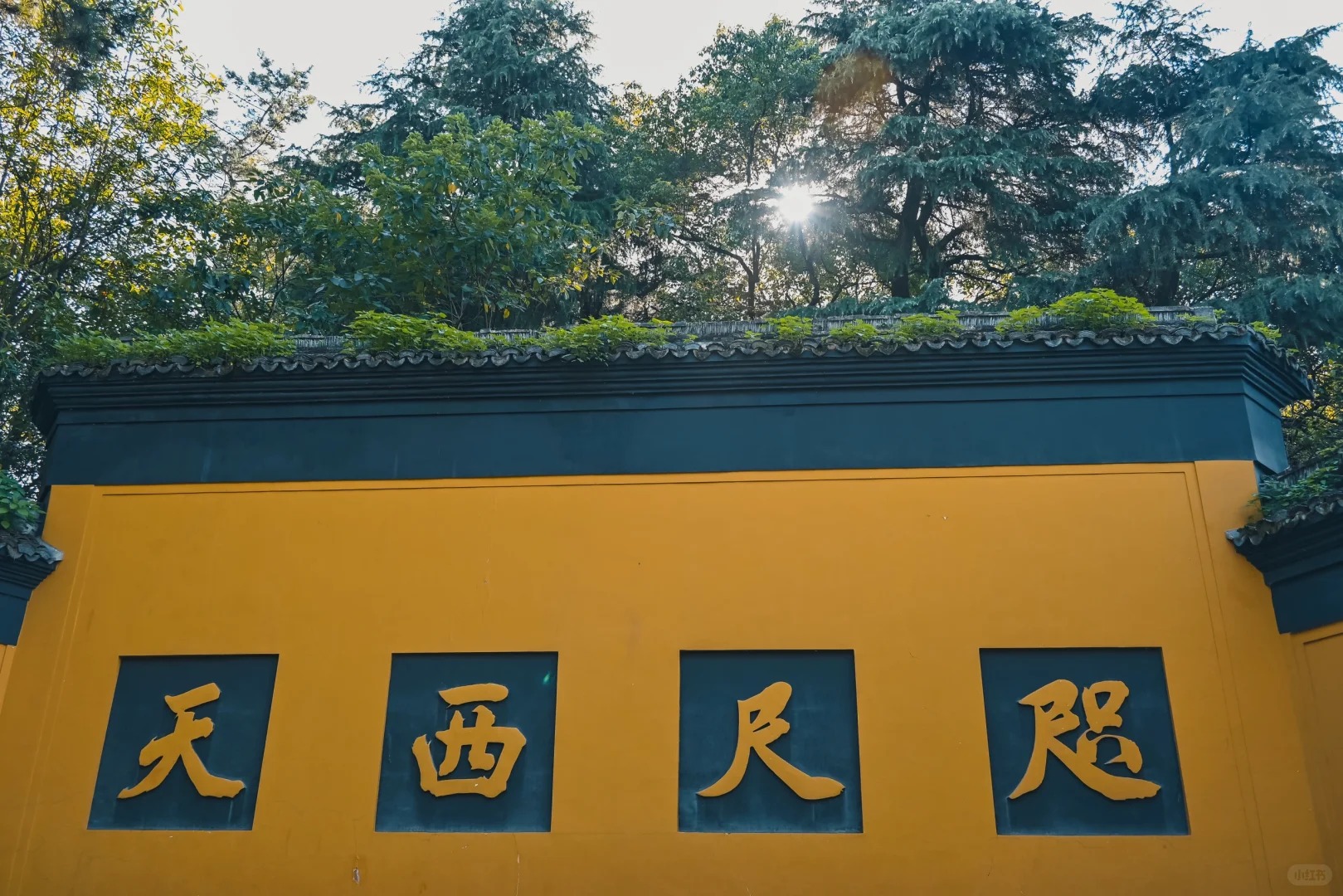
Architectural Features
- Hall of the Four Heavenly Kings: The first main hall visitors encounter, this structure houses statues of the Four Heavenly Kings, each guarding a cardinal direction. The center of the hall features a statue of the laughing Buddha, Maitreya.
- Grand Hall of the Great Sage: The largest and most impressive building in the complex, this hall houses a 24.8-meter-high statue of Sakyamuni Buddha seated on a lotus flower, one of the largest wooden statues in China. The hall’s ceiling is adorned with intricate paintings and carvings.
- Hall of the Five Hundred Arhats: This unique hall contains 500 life-size bronze statues of arhats (enlightened disciples of Buddha), each with distinct facial features and expressions. The hall’s layout represents a Buddhist concept of the universe.
- Feilai Peak Grottoes: Although not part of the temple proper, these limestone grottoes adjacent to the temple complex contain numerous Buddhist rock carvings dating from the 10th to 14th centuries, including the famous Laughing Buddha carving.
Cultural Importance
Lingyin Temple holds significant cultural and religious importance in Chinese Buddhism. It is one of the largest and wealthiest Buddhist temples in China and is considered one of the most important Chan (Zen) Buddhist temples in the country. The temple has played a crucial role in the spread and development of Buddhism in the Jiangnan region. Its extensive collection of Buddhist scriptures, artifacts, and artworks makes it an important center for the study of Buddhist history and culture. The temple also serves as a symbol of Hangzhou’s rich cultural heritage and is deeply intertwined with local traditions and folklore.
Surrounding Attractions
- Feilai Peak: Located right next to Lingyin Temple, this limestone peak is known for its grotesque rock formations and ancient Buddhist stone carvings. The peak’s name, which means “Peak Flown from Afar,” comes from a legend that it was transported from India by supernatural means.
- West Lake: One of China’s most famous scenic spots, West Lake is a UNESCO World Heritage site located about 2 kilometers east of Lingyin Temple. The lake is surrounded by gardens, pagodas, and historical sites, offering visitors a chance to experience the beauty that has inspired Chinese poets and artists for centuries.
- Yongfu Temple: Situated on the slopes of Lingyin Mountain, this smaller but equally ancient temple offers a quieter alternative to Lingyin Temple. It features beautiful architecture and provides excellent views of the surrounding landscape.
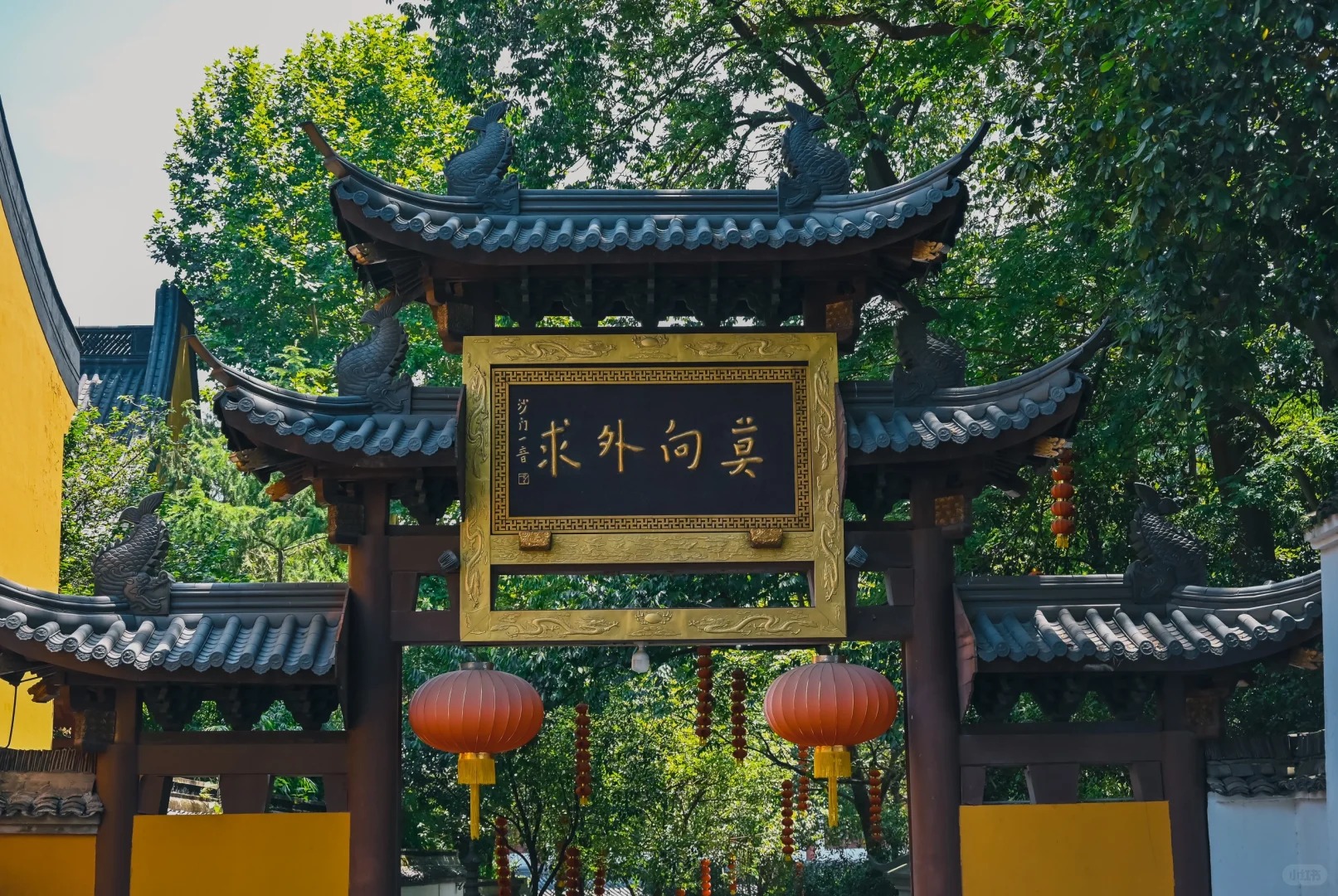
Photography Opportunities
- Temple Architecture: The grand halls and intricate architectural details of Lingyin Temple offer excellent subjects for architectural photography. The contrast between the ornate roofs and the lush green backdrop of the surrounding mountains creates stunning compositions.
- Buddhist Statues and Artwork: The numerous Buddhist statues, particularly the large Buddha in the Grand Hall and the 500 arhats, provide unique opportunities for capturing religious art. The interplay of light and shadow within the halls can create dramatic effects.
- Feilai Peak Carvings: The ancient Buddhist carvings on Feilai Peak offer interesting subjects for both wide-angle landscape shots and detailed close-ups. The juxtaposition of the carvings against the natural rock formations creates intriguing visual narratives.
Modern Importance
- Religious Center: Lingyin Temple continues to be an active center of Buddhist worship and practice. It plays a crucial role in preserving and promoting Buddhist traditions in modern China, hosting regular religious ceremonies and events.
- Cultural Preservation: The temple serves as a living museum of Chinese Buddhist art and architecture. Its ongoing restoration and preservation efforts ensure that future generations can experience and learn from this important aspect of Chinese cultural heritage.
- Tourism and Economic Impact: As one of Hangzhou’s premier attractions, Lingyin Temple contributes significantly to the local tourism industry. It attracts millions of visitors annually, supporting the local economy through tourism-related businesses and employment.
- Educational Resource: The temple complex serves as an important educational resource for students, researchers, and anyone interested in Chinese history, Buddhism, and traditional art. It offers insights into the historical development of Buddhism in China and its influence on Chinese culture.
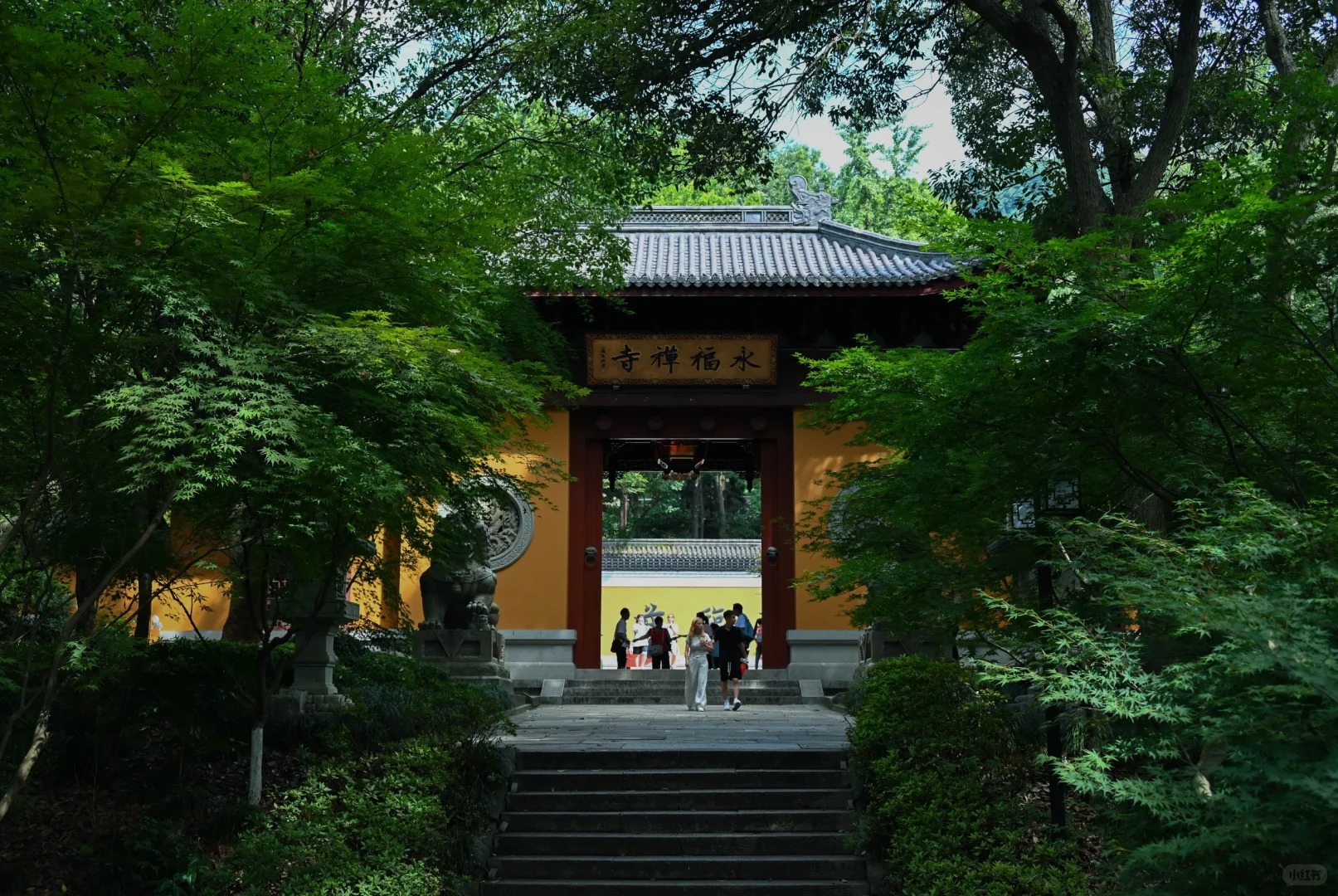
FAQ
- What is Lingyin Temple famous for?
Lingyin Temple is famous for being one of the oldest and largest Buddhist temples in China. It’s renowned for its grand architecture, particularly the Hall of the Four Heavenly Kings and the Grand Hall of the Great Sage, which houses a massive statue of Sakyamuni Buddha. The temple is also known for its picturesque setting and the nearby Feilai Peak with its ancient Buddhist rock carvings. - What’s inside Lingyin Temple?
Inside Lingyin Temple, visitors can find several grand halls including the Hall of the Four Heavenly Kings, the Grand Hall of the Great Sage with its impressive Buddha statue, and the Hall of the Five Hundred Arhats. The temple also houses numerous Buddhist artifacts, scriptures, and artworks, as well as beautiful gardens and courtyards. - Is Lingyin Temple free?
No, Lingyin Temple is not free. There is an entrance fee of CNY 30 for the temple itself, and an additional fee of CNY 45 for the adjacent Feilai Peak Scenic Area. - Is Lingyin Temple worth visiting?
Yes, Lingyin Temple is definitely worth visiting. As one of China’s most significant Buddhist temples with a history spanning nearly 1,700 years, it offers visitors a unique opportunity to experience Chinese Buddhist culture, admire stunning architecture and artwork, and enjoy the beautiful natural surroundings. - What to do in Lingyin Temple?
In Lingyin Temple, visitors can explore the various halls and admire the Buddhist statues and artwork, observe or participate in Buddhist rituals, enjoy the peaceful atmosphere and beautiful gardens, visit the nearby Feilai Peak to see ancient rock carvings, and learn about the history and cultural significance of the temple. - How do I get to Lingyin Temple in the local city?
In Hangzhou, you can reach Lingyin Temple by taking bus No. Y1, Y2, 7, or 807 to Lingyin Station. Taxis are also readily available; simply tell the driver “Língyǐn Sì” (灵隐寺) or “Lingyin Temple”. The temple is not directly accessible by metro, but you can take a taxi or bus from nearby metro stations. - How to visit Lingyin Temple?
To visit Lingyin Temple, purchase tickets at the entrance. It’s advisable to arrive early in the morning to avoid crowds and enjoy a more peaceful atmosphere. Wear comfortable shoes as there will be a lot of walking. Dress modestly out of respect for the religious site. Consider hiring a guide or using an audio guide to learn more about the temple’s history and significance. Remember to be respectful of worshippers and follow any rules regarding photography or behavior within the temple grounds.


